
May 11, 2023
by Dafyd Martindale
Albert Einstein is credited with defining madness as doing the same thing over and over and expecting different results.
If we accept that definition, then the South Burnett Regional Council’s current roads maintenance policy is deeply, darkly mad.
Why so? Think about this:
Every year the SBRC spends an eye-watering amount of its income maintaining our region’s 3200km road network.
Last financial year, road maintenance consumed $12.5 million of the Council’s $75 million Budget – more than one-sixth – and this year promises more of the same.
Yet despite 15 years of this level of investment in road maintenance, our roads are still the leading cause of complaints to Council.
Worse, it seems the only thing ratepayers can confidently expect is that slowly but surely – year upon year – the amount of money required to patch and re-patch our roads will increase in line with CPI or worse (for which read: rates will keep going up to keep our roads in roughly the same condition they are right now).
So I think it’s safe to say our road maintenance system really isn’t working because our roads aren’t getting any better as time goes by, despite what some Councillors might say.
Instead – and let’s be clear about this – we’re just treading water doing the same things from one year to the next.
Now, I’d like to stress that the root of the problem is not the fault of Council’s staff.
Every year they’re given a budget for road maintenance and a list of roadworks projects and they go out and do exactly as they’re instructed, usually quite well, too.
But what they do NOT do – and what our Councillors aren’t doing either – is thinking about not just road maintenance, but road betterment as well.
What’s “betterment” you ask?
It’s this: finding a way to solve some road maintenance problems permanently, not temporarily. And to ensure that – over time – our roads really do get better and the cost of their maintenance goes down, not up.
Nearly all our region’s roads vary in quality depending on the soils they cross and the traffic that crosses them. Roughly half of these roads are sealed and half are not.
Some roads can stay in fairly good condition for years. But others, sadly, will sprout potholes or corrugations whenever the weather gets too wet or too dry. Often in the same places from one weather event to the next.
Council’s folly, I think, is that when this occurs they go fix those potholes or corrugations (which means those fixes will last until we’re hit by the next wet or dry spell).
But what they do NOT think is: “Hey! We’ve fixed this same section several times in the past. Why don’t we try to fix this particular problem permanently?”
That’s what I mean by betterment.
And I’d like to suggest the simplest way to significantly improve any defective section of road is an eight-letter word called “concrete”.
Engineers argue the main disadvantage of concrete is that it’s more costly than bitumen and they’re correct. At the moment bitumen is 30 to 40 per cent cheaper to lay than concrete (although it’s likely to become more expensive as fossil fuel production winds down).
I also believe concrete can require seven to 20 days for curing, against a day or two before bitumen can be driven on.
But against this – as the WWII-era concrete roads around NSW and parts of Queensland show – concrete lasts decades longer than bitumen.
And it’s this long, low-maintenance life span that makes it much more cost-effective solution overall, which is why many cities and towns in the USA have concrete roads and why a lot of the USA’s interstate highways are made of concrete too.
Now, imagine if our Council decided to take 1 or 2 per cent out of its annual road maintenance budget and committed this to road betterment work instead.
Simple maths tell me that if the SBRC had done this 15 years ago when it was formed, a 1 per cent per year spend would now be saving a whopping 15 per cent of our annual maintenance bill (that’s $1.8 million of last year’s $12.5 million roads maintenance Budget).
And if Council had allocated 2 per cent, right now we’d be saving as much as $3.6 million a year (yes, around 30 per cent less than we pay today) and a sizable slice of our worst road sections would be permanently improved.
Even better, residents could have enjoyed a steady stream of lower rate rises than they wound up paying during those 15 years, as well as the joy of driving over formerly potholed or corrugated sections that have disappeared for keeps under smooth concrete.
Betterment.
Spend just 1 to 2 per cent per year on betterment and let’s dig ourselves out of the expensive, stupid road maintenance hole we’ve dug ourselves into.
This is something I think our Council should take some concrete action on.
* * *
In other news – and to paraphrase Mark Twain – I’d like to report that recent rumours of my death have been greatly exaggerated.
In January this year I fell seriously ill. And after a major operation and a three-week stay in Toowoomba Hospital, I’ve been caught up in a post-operative whirl of medical tourism that’s blown a significant hole in southburnett.com.au’s work schedules.
My wife Anne has shouldered a lot of the burden of this, but this is the reason our normal news output so far this year is lower than normal and why we sometimes go missing for a day, getting medical care in Toowoomba that all South Burnett residents should be able to get locally, but can’t at the moment.
I’d like to thank Anne and many others – including all our readers – for their patience and understanding during this time.
Hopefully, things will be back to normal by Spring.
And so will I.












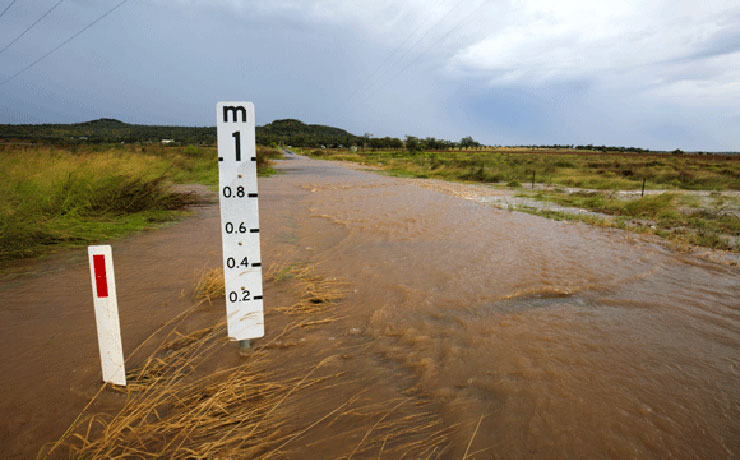
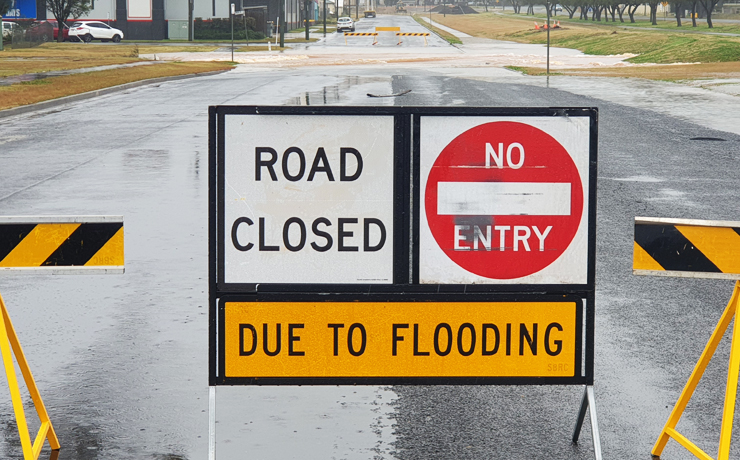
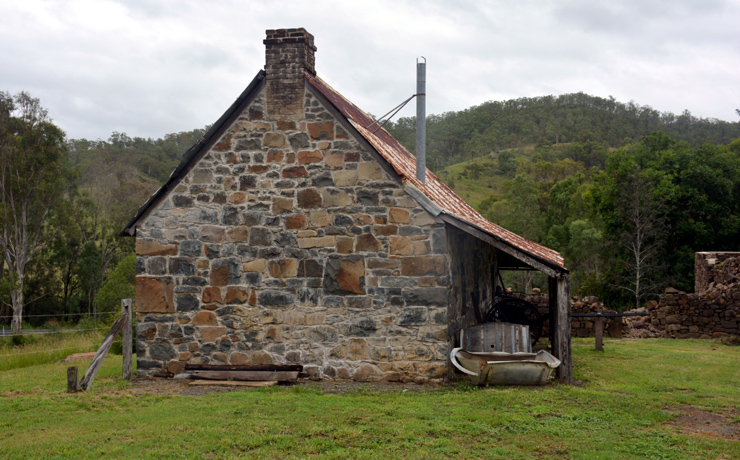



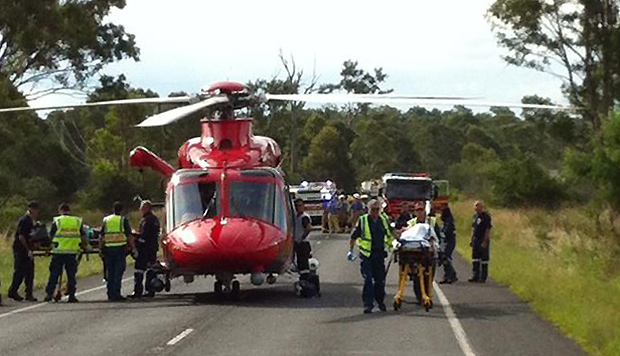

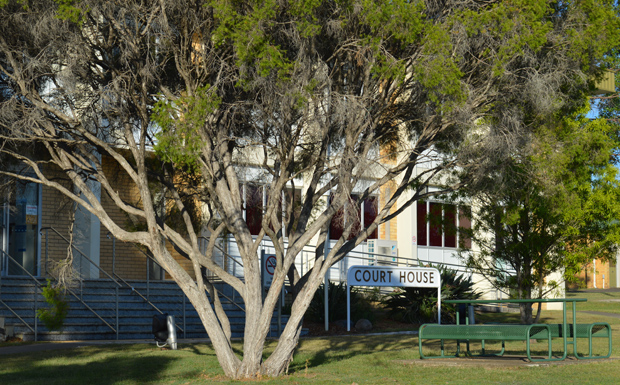

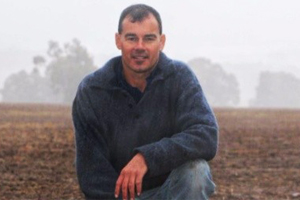

It is good to see and read that you are able to write such common sense despite fighting illness, Dafyd! Best wishes for a speedy and complete recovery.
I agree. All our rates went up by $200 a few years ago because the SBRC believed they weren’t investing enough money in our roads. This road levy has now been absorbed into our General Rates, but we still pay it and our roads are still in much the same condition now as they were then.
In hindsight, it seems obvious that pouring more money into road maintenance isn’t the answer.
So spending the funds we have more wisely is worth a try. What have we got to lose?
Some four or five years ago, if memory recalls correctly, the previous Council introduced a RACAS system with much fanfare to assess local roads with “betterment” in mind.
Road maintenance was also going to improved, ie. improved design profile, use of better road base, cleaning and widening of drains to ensure the road didn’t act as a waterway in a very wet season.
The idea was that these improvements would progressively occur over four to five years.
If the level of complaints isn’t falling, one has to wonder why. Has the approach changed? Is Council not spending as much on roads now as previously? Were the projections made at that time too ambitious?
Somewhere nearer 50 per cent of general rate revenue is spent on roads. On top of that is money received for specific programs from a range of grants and other projects.
Removal of the road levy ensured every ratepayer contributed toward road repairs based on their individual unimproved property values.
It is a fact that the moment a road is repaired, the pathway to degradation starts all over again. I’m not sure that use of concrete as an overall strategy would work, but in specific locations, maybe!
The idea should not be discounted.
The net effect of all that has been done over the years is that roads continue to be a topic for discussion. Is it warranted criticism? Or is there a solution that will suit the keyboard warriors who continue with negative comments.
Maybe it’s a fact of life that some ratepayers need to put up with.